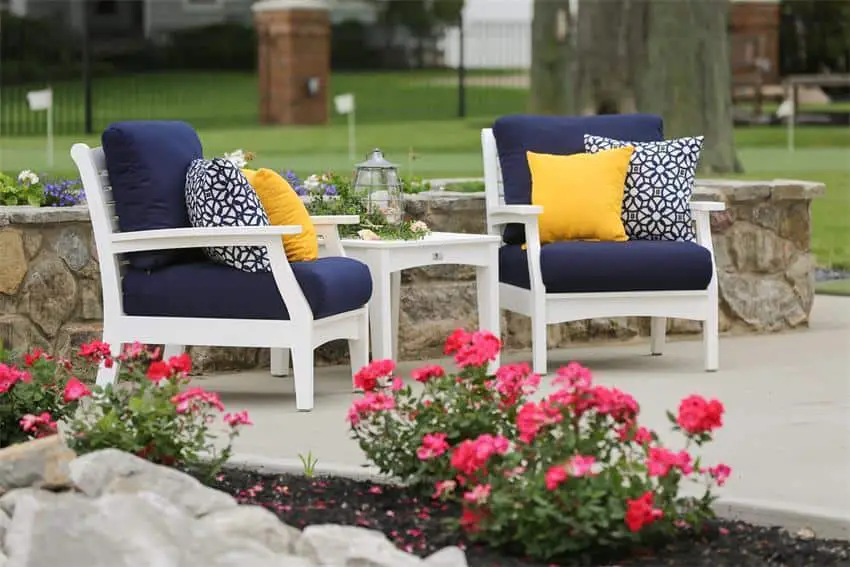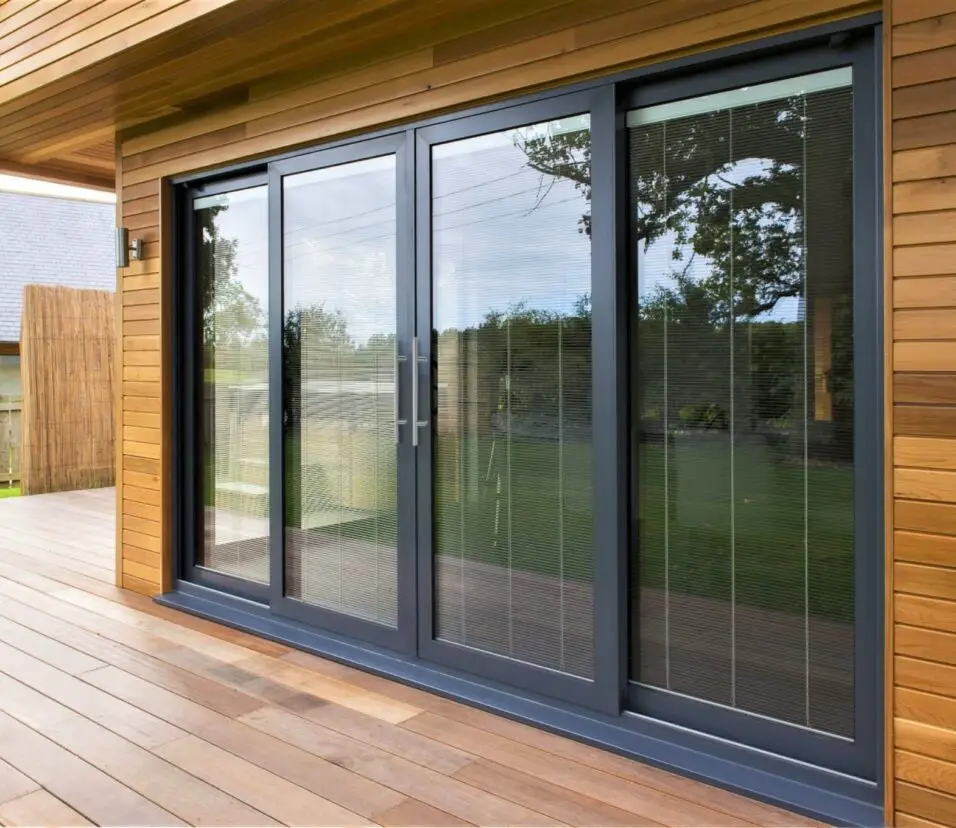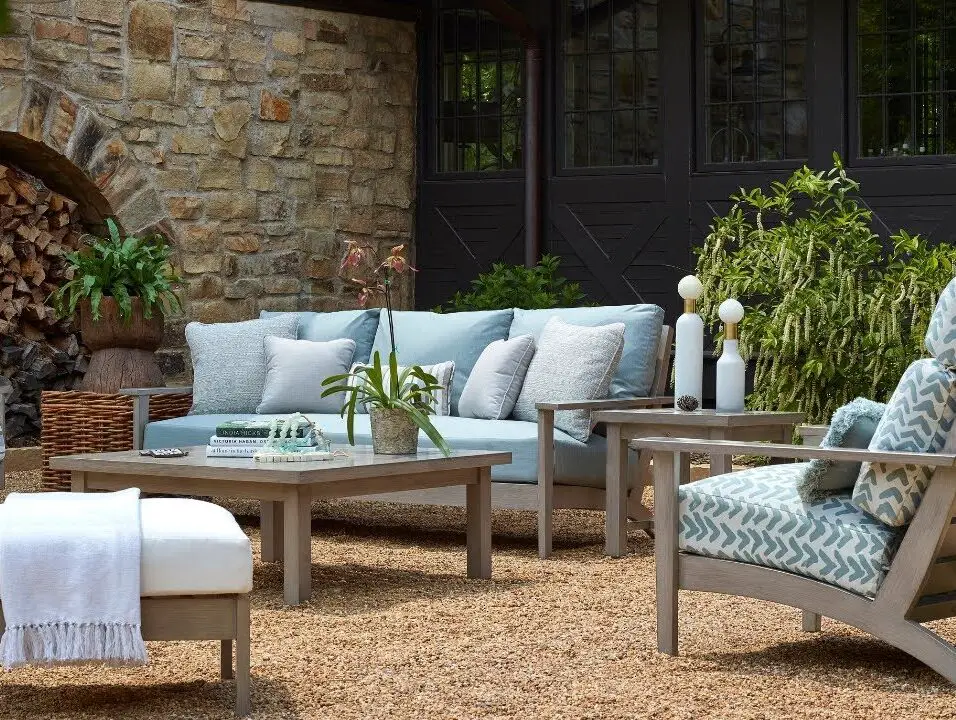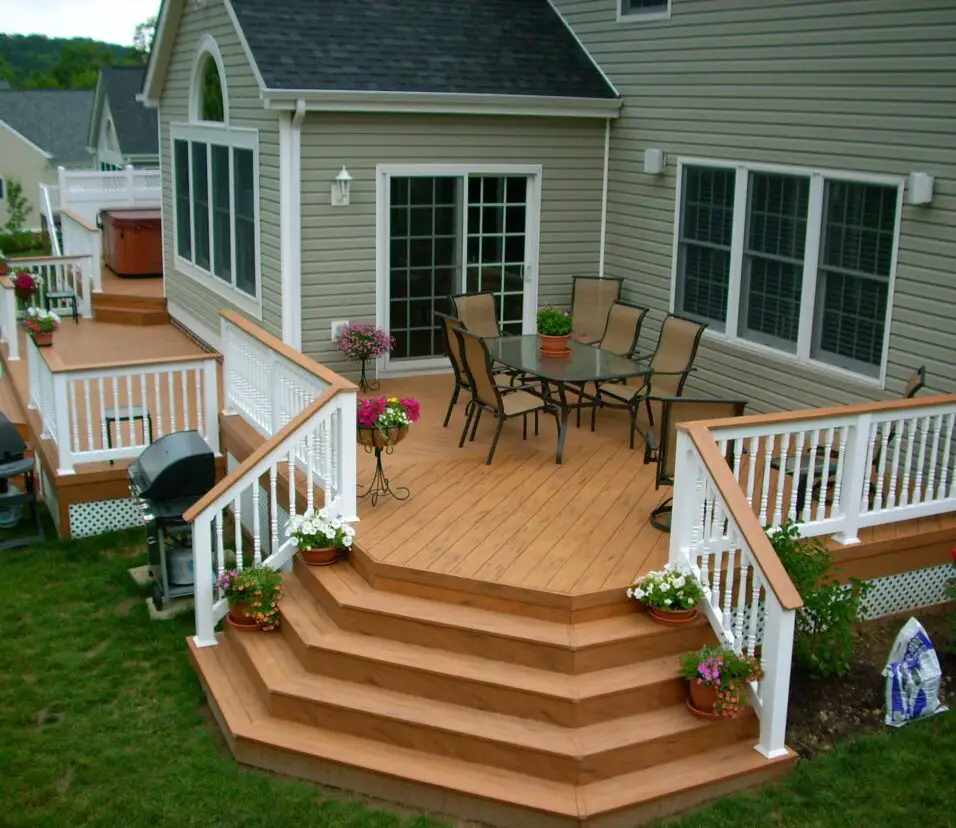How To Waterproof Patio Cushions
How To Waterproof Patio Cushions: Are you tired of constantly replacing your patio cushions due to water damage. Do you want to enjoy your outdoor space without worrying about the weather. If so, you’ve come to the right place. In this article, we will discuss the best methods and techniques for waterproofing your patio cushions, so you can extend their lifespan and protect your investment.
Outdoor furniture is exposed to various weather conditions, including rain, snow, and humidity. Over time, this exposure can cause your patio cushions to become waterlogged and prone to mold and mildew growth. Additionally, water damage can lead to discoloration and deterioration of the fabric, making your cushions look worn and unattractive.
Fortunately, there are several effective ways to waterproof your patio cover cushions and prevent water damage. One of the most common methods is to apply a waterproofing spray or solution to the fabric. These products create a protective barrier that repels water and prevents it from seeping into the cushions. They are easy to use and can be found at most home improvement stores.
Another option is to purchase patio cushions that are already waterproof or water-resistant. These cushions are made from materials that are designed to withstand outdoor conditions and repel water. While they may be more expensive than regular cushions, they are a worthwhile investment if you want to avoid the hassle of waterproofing them yourself.
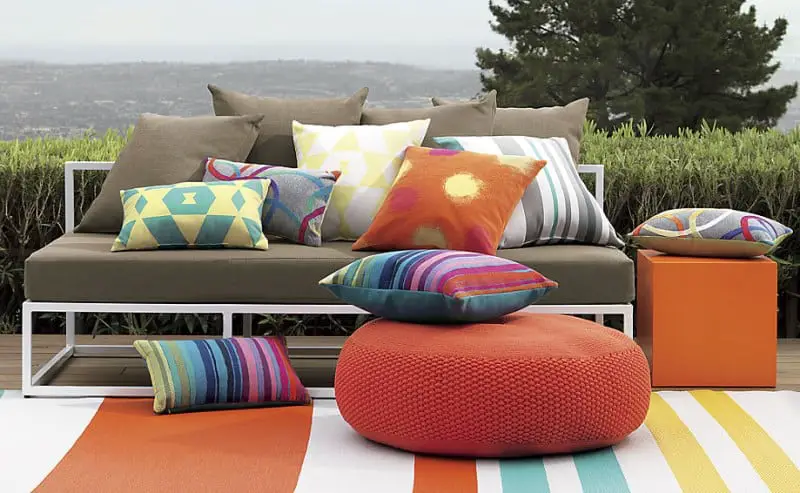
What is the best way to waterproof outdoor cushions?
Outdoor cushions must be waterproofed. Because outdoor cushions are continuously exposed to rain, sun, and humidity, they can quickly deteriorate if not protected. Waterproofing outdoor cushions not only helps to extend their lifespan but also keeps them looking fresh and clean for longer.
Waterproofing sprays or fabric protectors are great for outdoor cushions. These items are designed to block water from penetrating textiles. Apply the spray according to the product label, covering the cushion evenly. Some waterproofing sprays may change the fabric’s texture or color, so test them on a small, inconspicuous area first.
Waterproof cushion covers work well for outdoor cushions. These waterproof vinyl or polyester coverings fit over the cushion. They add waterproofing and other outdoor protection. Waterproof cushion coverings come in several sizes and patterns to match your outdoor decor.
Outdoor cushions need adequate care and a waterproofing spray or cover to last. In between uses, clean and store them in a dry, covered area.Cleaning outdoor cushions entails brushing or vacuuming dirt and debris, then spot cleaning with a mild detergent and water. Avoid damaging cloth with strong chemicals or abrasive cleaners.
Can I make my cushions waterproof?
Yes, you can make your cushions waterproof by using various methods and products. Whether you want to protect your outdoor cushions from rain and moisture or simply want to make them easier to clean, there are several options available to make your cushions waterproof.
One of the easiest ways to make your cushions waterproof is by using a waterproofing spray or fabric protector. These products are designed to create a barrier on the fabric, preventing water from seeping through. Simply spray the product evenly over the entire surface of the cushion and allow it to dry. This will help to repel water and keep your cushions dry even in wet conditions.
These coverings fit over your cushions and are composed of waterproof vinyl or polyester. They prevent water damage and are easy to remove and wash.
A waterproofing solution can also make pillows waterproof if you prefer DIY. A variety of waterproofing solutions can be used to make fabric waterproof.
It is important to note that while these methods can make your cushions waterproof, they may not make them completely waterproof. Depending on the material and construction of your cushions, some water may still be able to seep through. However, these methods will provide a significant level of protection and help to prolong the lifespan of your cushions.
Can outdoor cushions be left out in the rain?
Many people wonder if outdoor cushions may be kept outside in the rain. Since rain can harm many fabrics, it’s crucial to know how to care for outdoor cushions.
The nature of outdoor cushions determines whether they can withstand rain. Weatherproof outdoor cushions resist rain and other elements. Waterproof polyester or acrylic cushions are durable. Weatherproof outdoor cushions can be left outside in the rain.
Not all outdoor cushions are weatherproof. Some cushions are composed of water-sensitive cotton or linen.
Even if you have weather-resistant outdoor cushions, it’s still a good idea to take some precautions when it comes to rain. For example, if you know that heavy rain is in the forecast, you may want to cover your cushions with a waterproof cover or move them to a covered area to provide extra protection. Additionally, it’s important to properly care for your outdoor cushions to ensure their longevity. This includes regularly cleaning them and storing them properly when they’re not in use.
How do you waterproof foam cushions?
Waterproofing foam cushions is essential to protect them from moisture and prolong their lifespan. Whether you have foam cushions on your outdoor furniture or indoor upholstery, waterproofing them can prevent damage caused by spills, rain, or humidity. There are several methods you can use to waterproof foam cushions, depending on the type of foam and the level of protection you desire.
Foam cushions are waterproofed using spray or sealant. Water cannot enter foam because these materials resist it. Remove any dirt and debris from foam cushions before applying the spray or sealer. Spray or brush the sealant evenly onto the foam surface following package instructions. Before utilizing cushions, let it dry thoroughly.
Another way to waterproof foam cushions is using a cover or cloth. This procedure covers foam cushions with a waterproof substance or coating. Outdoor furniture and cushions that are frequently exposed to moisture benefit from waterproof covers or materials that are easy to remove and wash. Additionally, a waterproof cover can prevent stains and spills.
A DIY waterproofing solution created from household products is another option. One popular homemade remedy is equal parts white vinegar and water. Use a spray bottle to spray foam cushions with vinegar and water. Since vinegar repels water, it can help foam cushions withstand moisture. However, homemade waterproofing may be less effective than commercial ones.
Does Scotchgard work on outdoor cushions?
Scotchgard is a popular brand of fabric protector that is designed to repel liquids and prevent stains on various types of fabrics. Many people use Scotchgard on their indoor furniture, such as sofas and chairs, to keep them looking clean and new. However, when it comes to outdoor cushions, the effectiveness of Scotchgard may be a bit more questionable.
Outdoor cushions are typically exposed to a wide range of weather conditions, including rain, sun, and wind. These conditions can cause the fabric to fade, become brittle, and even develop mold or mildew. While Scotchgard may provide some level of protection against stains, it may not be able to fully protect outdoor cushions from these other types of damage.
One of the main reasons why Scotchgard may not work as well on outdoor cushions is because the fabric used for these cushions is often more porous and less resistant to the elements. This means that the fabric is more likely to absorb liquids and become stained, even with the use of a fabric protector. Additionally, the constant exposure to sunlight can break down the protective barrier created by Scotchgard, making it less effective over time.
Another factor to consider is the frequency of use and cleaning of outdoor cushions.Outdoor cushions are used more and may need more cleaning than interior furniture. Each wash or use may remove Scotchgard’s protective barrier, reducing its efficacy.
What are some effective methods for waterproofing patio cushions?
When it comes to waterproofing patio cushions, there are several effective methods that can help protect them from moisture and extend their lifespan. One popular method is to use a waterproofing spray or fabric protector specifically designed for outdoor use. These products create a protective barrier on the fabric, preventing water from seeping through. It is important to choose a spray that is suitable for the type of fabric your cushions are made of, such as acrylic, polyester, or canvas.
Another method is to apply a waterproofing sealant or coating to the cushions. This involves brushing or spraying a waterproofing solution onto the fabric, which then forms a protective layer. It is important to follow the manufacturer’s instructions and ensure that the cushions are completely dry before applying the sealant. Additionally, regular reapplication may be necessary to maintain the waterproofing effect.
Consider waterproof cushion covers or storage bags. Cushion covers fit over cushions to protect them from moisture. They’re convenient because they’re removable and washable. Keeping cushions dry and covered while not in use might also lessen the need for frequent waterproofing.
Are there any specific products or materials that work well for waterproofing patio cushions?
Find goods labeled for outdoor fabrics.
Another efficient approach is waterproof cushion coverings or cases. Slip waterproof vinyl or polyester covers over cushions. They protect against moisture and are removable and washable.
Can you provide step-by-step instructions on how to waterproof patio cushions?
Waterproofing patio cushions is a relatively simple process that can help extend the lifespan of your outdoor furniture. Here is a step-by-step guide on how to effectively waterproof your patio cushions:
Step 1: Start by thoroughly cleaning your patio cushions. Remove any dirt, debris, or stains using a mild detergent and a soft brush. Rinse the cushions with water and allow them to dry completely before proceeding to the next step.
Step 2: Once the cushions are dry, choose a waterproofing spray or solution specifically designed for outdoor fabrics. These products are readily available at most home improvement stores. Read the instructions on the product carefully and ensure it is suitable for the type of fabric your cushions are made of.
Step 3: Test the waterproofing product on a small, inconspicuous area of the cushion to ensure it does not cause any discoloration or damage. If the test area looks good, proceed to apply the waterproofing solution to the entire cushion. Hold the spray bottle or can approximately 6-8 inches away from the cushion and apply an even coat, making sure to cover all surfaces.
Step 4: Allow the waterproofing solution to dry completely according to the instructions provided by the manufacturer. This may take a few hours or overnight, depending on the product used. Avoid using or placing any objects on the cushions until they are fully dry.
Are there any precautions or considerations to keep in mind when waterproofing patio cushions?
When waterproofing patio cushions, there are a few precautions and considerations that you should keep in mind to ensure the best results. Firstly, it is important to choose the right waterproofing product or material for your cushions. Look for products specifically designed for outdoor use and that are compatible with the fabric of your cushions. Reading customer reviews and seeking recommendations can also help you make an informed decision.
Before applying any waterproofing solution, it is crucial to thoroughly clean and dry your patio cushions. Remove any dirt, stains, or debris from the cushions using a mild detergent and a soft brush. Rinse them thoroughly and allow them to air dry completely. This will ensure that the waterproofing solution adheres properly to the fabric and provides long-lasting protection.
Additionally, it is important to follow the instructions provided by the manufacturer of the waterproofing product. Some products may require multiple coats or specific drying times between applications. It is also advisable to test the waterproofing solution on a small, inconspicuous area of the cushion before applying it to the entire surface. This will help you determine if the product causes any discoloration or damage to the fabric.
Are there any alternative options to waterproofing patio cushions that can provide similar benefits?
Removeable and washable water-resistant cushion covers are cheaper than waterproofing treatments.
Waterproof cushions are another option. Many outdoor cushions are water-resistant. Sunbrella fabric makes these cushions water-resistant and durable. Water-resistant cushions cut waterproofing time by being built to withstand the elements.
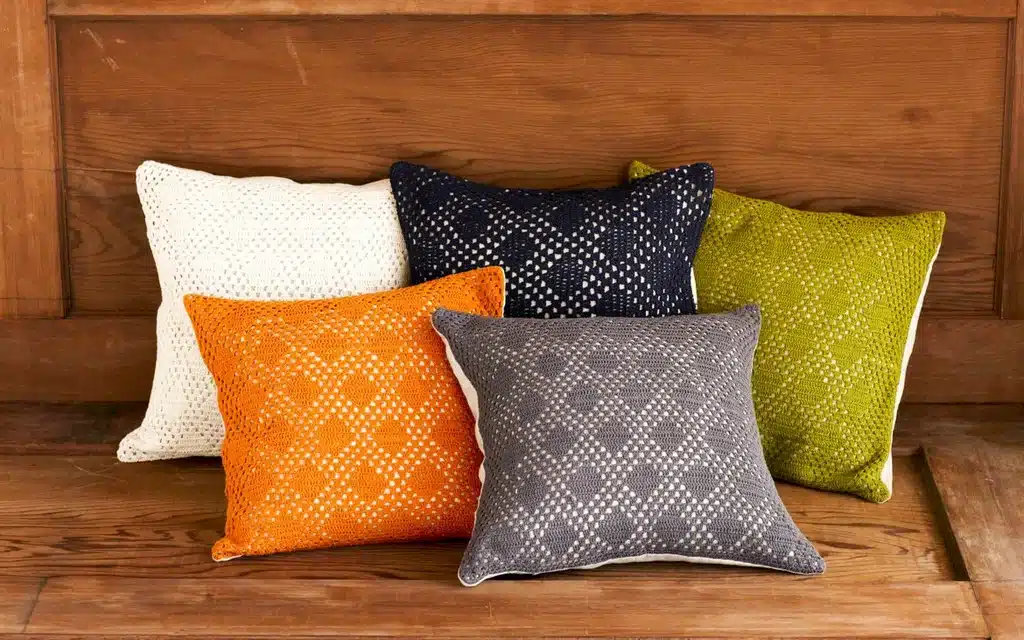
Conclusion
Overall, learning how to waterproof patio cushions is a valuable skill for any homeowner or outdoor enthusiast. By taking the time to properly protect your patio cushions, you can extend their lifespan and ensure that they remain comfortable and functional for years to come. Whether you choose to use a waterproofing spray, a sealant, or a waterproof cover, there are several effective methods available to help you keep your patio cushions dry and protected from the elements.
One of the main benefits of waterproofing patio cushions is that it helps to prevent damage caused by moisture. Rain, snow, and even morning dew can quickly soak into unprotected cushions, leading to mold, mildew, and unpleasant odors. By applying a waterproofing treatment, you create a barrier that repels water and prevents it from seeping into the fabric. This not only helps to keep your cushions dry, but it also makes them easier to clean and maintain.
In addition to protecting against moisture, waterproofing your patio cushions can also help to guard against stains and spills. Accidents happen, especially when you’re entertaining guests or enjoying a meal outdoors. By treating your cushions with a waterproofing stain solution, you can create a protective layer that repels liquids and prevents them from penetrating the fabric. This makes it easier to clean up spills and prevents stains from setting in, keeping your cushions looking fresh and new.



